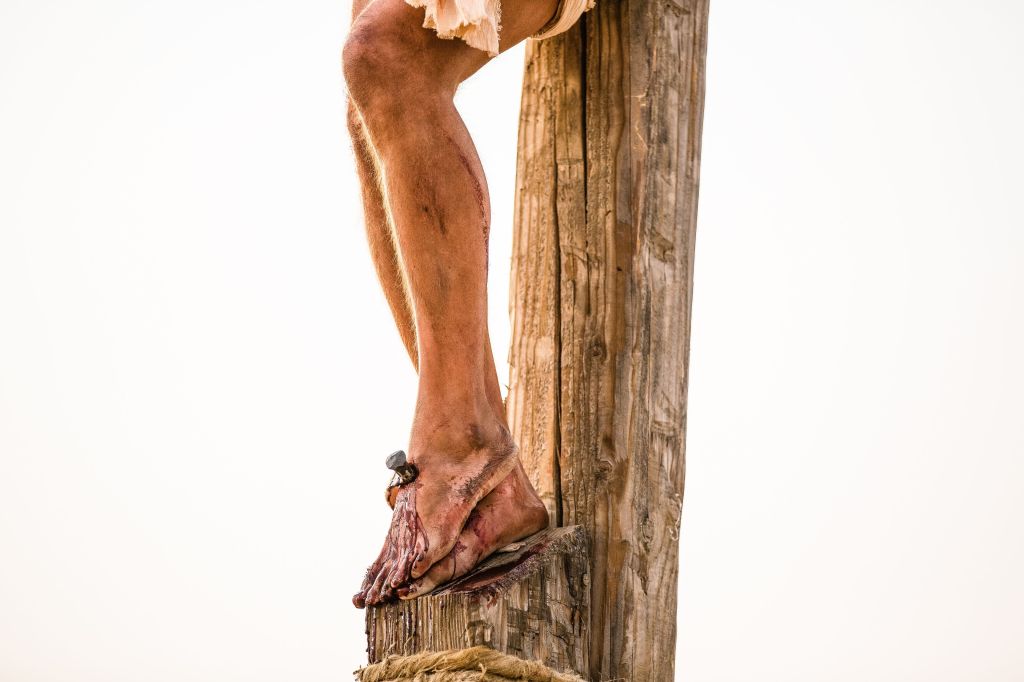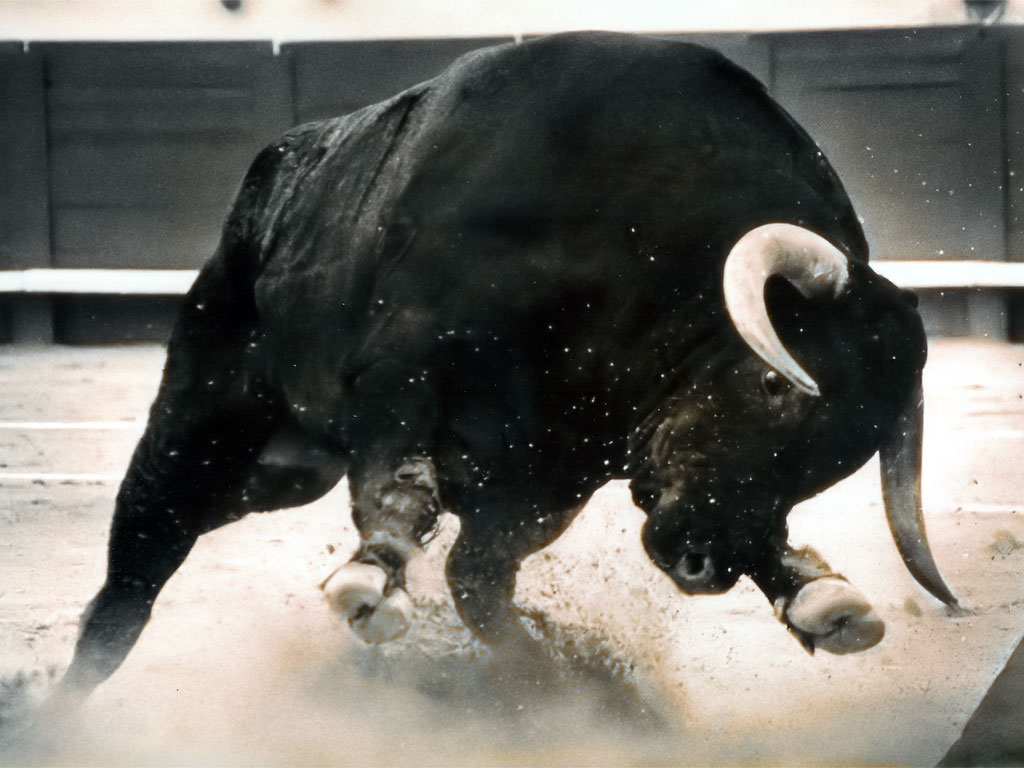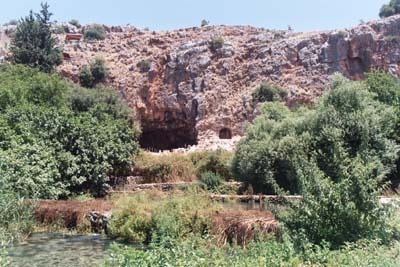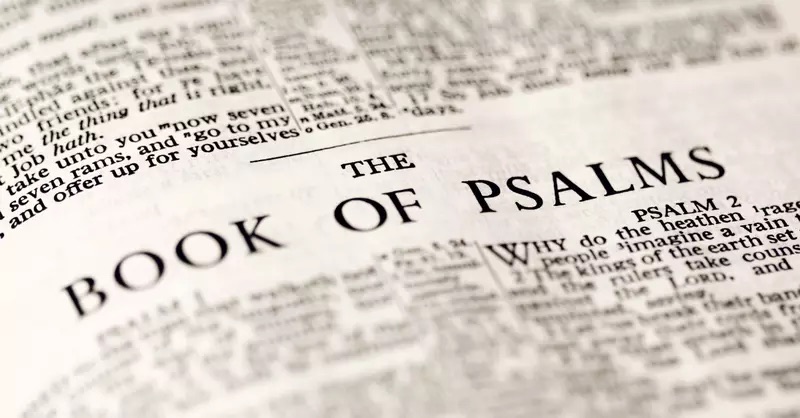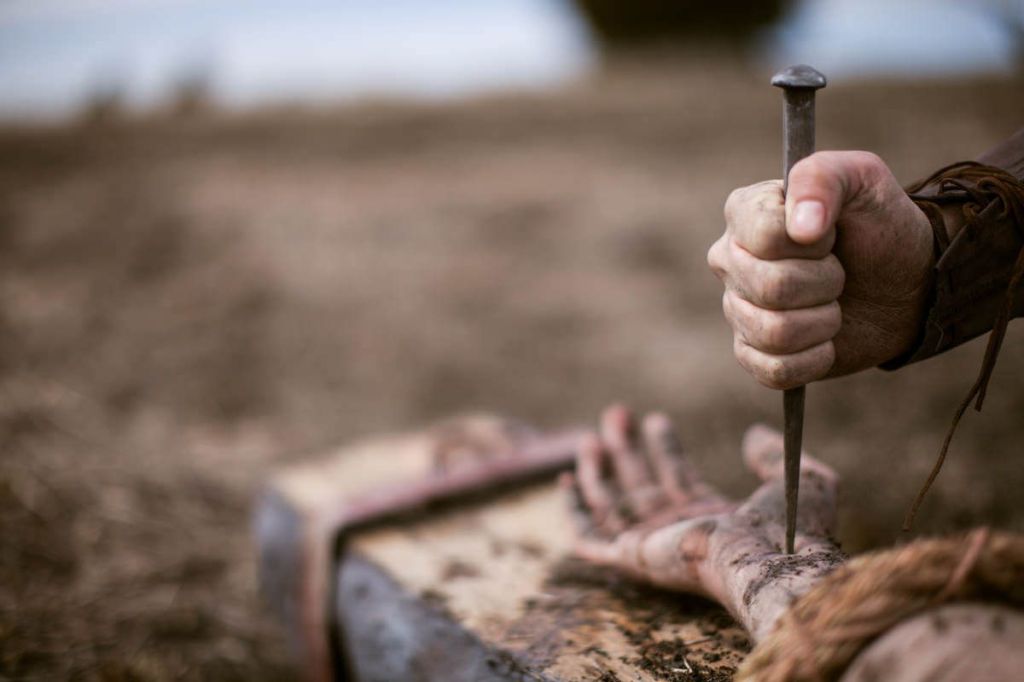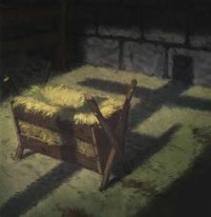
Introduction
In my recent blog series, as I connect Psalm 22 to Jesus’s crucifixion, I noted that Psalms 22, 23 and 24 form the Shepherd Psalm Trilogy. In this essay, I want to explore my hypothesis that these three prophetic psalms foretold the sequential events of the first Easter in AD 33, specifically hyperlinking Psalm 22 to the crucifixion, Psalm 23 to the Sabbath Day and Psalm 24 to Resurrection Sunday. We know Jesus was crucified and buried on a Friday and he rose from the dead on Sunday.
Psalm 22
I’ve written extensively my view that hyperlinks Psalm 22 to the crucifixion in a seven part blog series. At the conclusion of this psalm the messianic figure extolls Yahweh’s ever present nearness and his promise to deliver those who cry out to him (22.19-21). Contrary to the feeling of abandonment, he praises Yahweh “for he has not despised or abhorred the affliction of the afflicted, and he has not hidden his face from him, but has heard, when he cried to him” (22.24). Indeed the risen Savior met and told his brethren of the Father’s great name and his mighty deed (Psa 22.22, 25-26; cf. Mat 28.16-20; Luk 24.44-49; Joh 20.19-21). And just as the Messiah commissions his brethren to go to the ends of the world, to the nations, to turn their hearts to Yahweh and welcome his reign on earth in an eternal kingdom, Jesus commissions his disciples to do likewise (Psa 22.27-31; Mat 28.16-20).
If all this hasn’t fully convinced you of the hyperlink between Psalm 22 and the crucifixion, I want to highlight the last line of the psalm with Jesus’s last spoken words on the cross. The psalter ends Psalm 22 with the following words, “they shall come and proclaim his righteousness to a people yet unborn, that he has done it” (22.31). The Faithlife Study Bible makes the following commentary on the ending of this verse,
The Hebrew phrase here, ki asah, can be understood as “for it is done.” Jesus may have had this verse in mind when he said “It is finished” (tetelestai in Greek) as He died on the cross (John 19:30).
John D. Barry et al., Faithlife Study Bible (Bellingham, WA: Lexham Press, 2012, 2016), Ps 22:31.
In other words, on the cross Jesus quoted the first and last line of Psalm 22 to point all those within an earshot that he is the suffering one, the long awaited Messiah who came to redeem humanity from eternal separation from Yahweh.
Psalm 23
The 23rd psalm is perhaps one of the most often quoted and beloved psalms of all times. Generally, it’s been taught that David, the shepherd king, was reflecting on Yahweh’s protection, guidance and provision over his life. Yahweh is indeed the Great Shepherd to David and to his people.
When you look at the entire psalm, you will see the theme of rest. Notice the phrases, “He makes me lie down in green pastures. He leads me beside still waters. He restores my soul… your rod and your staff, they comfort me… and I shall dwell in the house of the LORD forever” (23.2-4, 6b). Further, I would argue that this rest came as the result of peace as expressed in the words, “I will fear no evil, for you are with me…. You prepare a table before me in the presence of my enemies” (23.4-5).
As I mentioned above, the day after Jesus’s crucifixion was the Sabbath (cf. Joh 19.42), the day of rest. It was the holy day Yahweh set aside at Mount Sinai for himself. I hope you’re beginning to see a connection forming between Jesus’s burial and the Sabbath. It was the day Jesus was at rest in the grave.
As a youth, one of my many questions about Easter was where Jesus spent Saturday, the day between his death and his resurrection? Reading the Apostles’ Creed, particularly the part where it states “He suffered under Pontius Pilate, was crucified, died, and was buried; he descended to hell” just added more confusion to a teenager’s mind. Why would Jesus, the sinless Son of God, go to hell?
It wasn’t until years later, as I became a better student of the Word, that I learned the Hebrew Sheol (or Hades in the Greek), which rendered as “hell” in English is nothing like Milton’s description of hell in Paradise Lost! (In my opinion, that poem has made a big messes of several modern Christian “doctrines” of the the fall as well as the spiritual realm, including hell!). Ancient Israelites understood Sheol is the realm of the dead, the dwelling place where dead humans (or elohim) go. They still live. This is the reason Jesus shocked the Sadducees in an exchange about the resurrection when he declared the implication of Exodus 3.6:
31 And as for the resurrection of the dead, have you not read what was said to you by God: 32 ‘I am the God of Abraham, and the God of Isaac, and the God of Jacob’? He is not God of the dead, but of the living.”
Matthew 22.31-32
In other words, those who are dead physically remain alive spiritually. Their spirit awaits the Day of the Lord where they will receive a new immortal body.
You might be asking what does Sheol have to do with Psalm 23, a psalm about Yahweh being the Good Shepherd?
Here’s the connection. Jesus’s body was laid to rest in a tomb just before the Sabbath began. But his Spirit was alive in Sheol. He was under the Father’s protection and provision, in a green pasture, besides still waters and being restored (23.1-3). He was literally walking through the “valley of the shadow of death,” but because he was under Yahweh’s care, he does not fear death—he is actually being comforted by the Father’s sovereignty and authority, i.e., rod and staff (23.4). Humanity’s enemy is death (Rom 5.12), and yet, in Sheol Jesus is enjoying a celebratory feast in its presence, sitting at Yahweh’s table (23.5) and looking forward to an everlasting life dwelling in Yahweh’s house (23.6). In Psalm 16.10 the Messiah joyfully sings,”For you will not abandon my soul to Sheol, or let your holy one see corruption.”
It’s a picture of the fearless Messiah in the presence of death. As a matter of fact, Psalm 68 reveals the victorious messianic King taking his enemies as captives. Further Hosea prophesied about this King redeeming the faithful from eternal death in Hosea 13.14 (cf. 1Co 15.55). There is no fear of death because it has been defeated by the Great Shepherd. We can rest in his victory just as the buried Jesus rested in Yahweh’s assurance of resurrection.
Which brings us to Psalm 24…
Psalm 24
This psalm is all about the King of glory coming to his throne room. It pictures the victorious Messiah ascending to reign as the King over all the earth. In ancient cultures, it was a common practice to have the crown prince assume the throne while the king Father was alive. This ensures continuity of legacy and a smooth transition of power. The crown prince is coronated as king, the vice-regent to the kingdom. In effect the kingdom has two kings that function in unity as one king. This is the backdrop to Psalm 24.
The psalter asks rhetorically, “Who is this King of glory? The Lord, strong and mighty, the Lord, mighty in battle!” The battle took place in Sheol. The strong and mighty King—a picture of omnipotence—has returned from death to life. Jesus’s resurrection was his coronation to the throne, to be seated at the Father’s right hand. It’s the reason Jesus can claim in Matthew 28.18 that “all authority in heaven and on earth has been given to me.” He fulfilled the vision Daniel had in Babylon five centuries before. In his vision recorded in Daniel 7.13-14, he saw the divine “Son of Man” (God the Son) coming with the clouds of heaven to present himself before the Ancient of Days, who is Yahweh (God the Father).
Today, King Jesus sits on his throne. Further, the Father King tells him to sit until he defeats and subjugates all of his enemies:
1 The LORD says to my Lord:
Psalm 110.1-2
“Sit at my right hand,
until I make your enemies your footstool.”
2 The LORD sends forth from Zion
your mighty scepter.
Rule in the midst of your enemies!
Will you be among those who can ascend the hill of Yahweh and stand in his sacred space? Or will you be one who will be crushed under Yahweh’s feet as his footstool? To be among the blessed you need to pledge your believing loyalty to the King of Glory (Pas 24.5-6). To reject him as your King is to be among his condemned enemies, one of the captives he will subjugate.
Conclusion
In 1 Corinthians 2.8 Paul writes, “None of the rulers of this age understood this, for if they had, they would not have crucified the Lord of glory.” While these rulers may apply to the Romans, Herod and Jewish leaders, I believe they’re even more nefarious than any human leaders. Remember, Paul is speaking to believers who were former pagan in Corinth. In this passage he speaks of wisdom from the Spirit. This wisdom is contrary to the “rulers of this age.” This should tells us that they’re the dark powers of the pagan nations. Further, throughout Paul’s writings he identified these “rulers” along with “powers,” “dominions,” “principalities” and “authorities” as evil spiritual forces (cf. Eph 3.10; 6.12; Col 1.16; 2.15).
Yahweh’s means of redeeming humanity was hidden even among spiritual beings, both righteous and wicked. It’s the great mystery of the ages now made clear after the resurrection. Despite of the veiled mystery, it was nonetheless foretold in the Shepherd Psalm Trilogy. I hope you will take the time this Easter season to read Psalms 22, 23 and 24 and reflect the shame Jesus endure on your behalf and the victory he gained over death through his resurrection. He has ascended his throne and is sitting at the Father’s right hand. I close with the psalter’s encouragement in Psalm 24:
4 He who has clean hands and a pure heart,
Psalm 24.4-5
who does not lift up his soul to what is false
and does not swear deceitfully.
5 He will receive blessing from the LORD
and righteousness from the God of his salvation.
May you continue to pursue a life of cleanliness and purity, rejecting falsehood and deceit. It is a promise that when you do so you will receive blessing and righteousnesses from the God of your salvation. Be encouraged today because he is risen, he is risen indeed!
